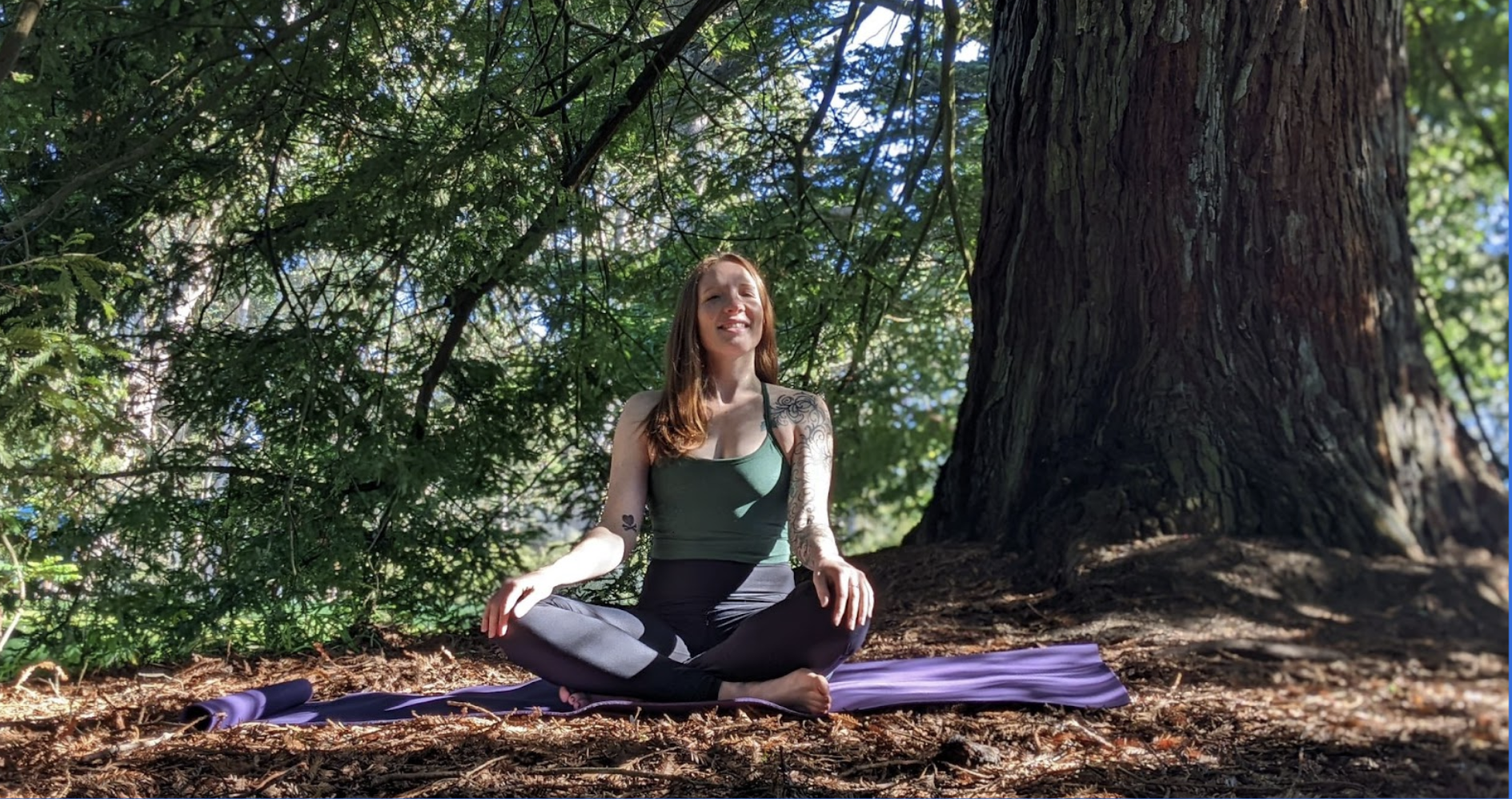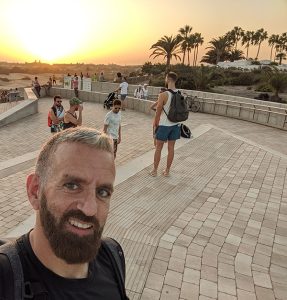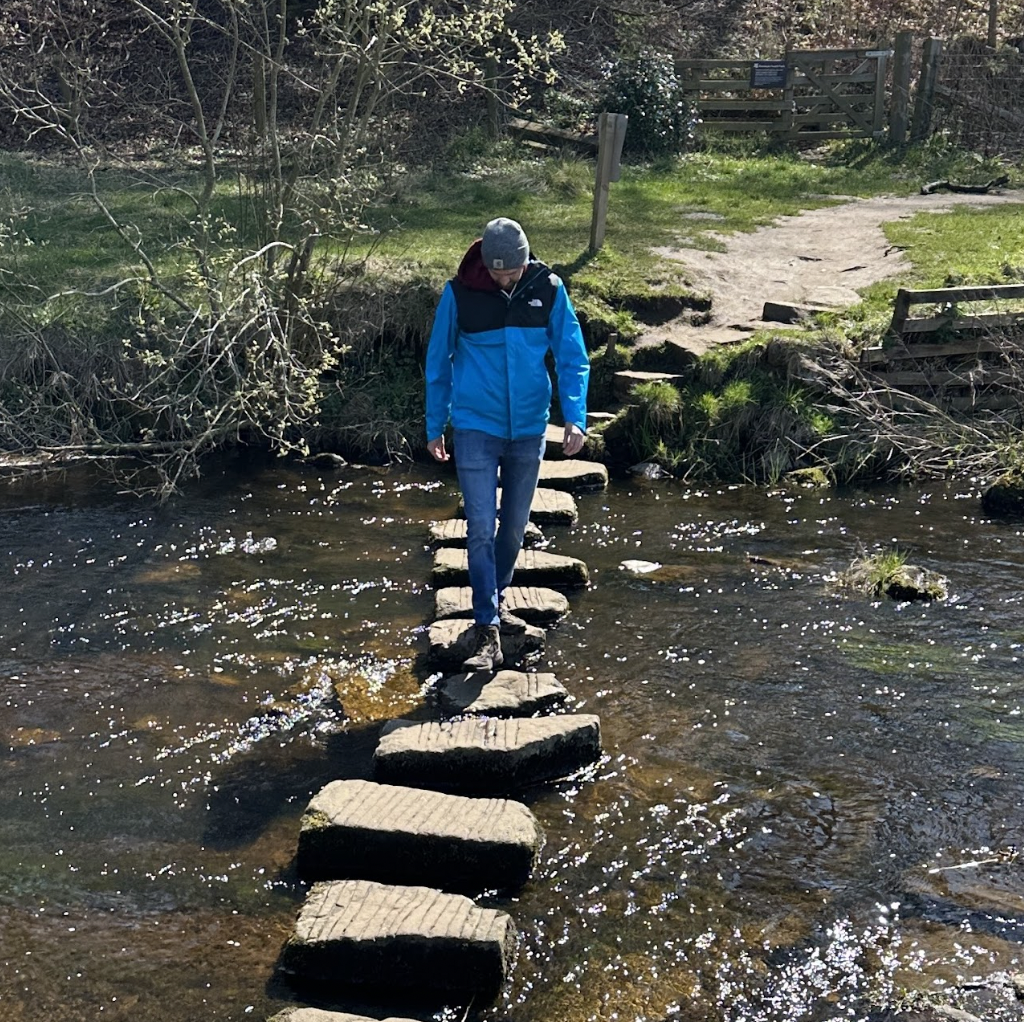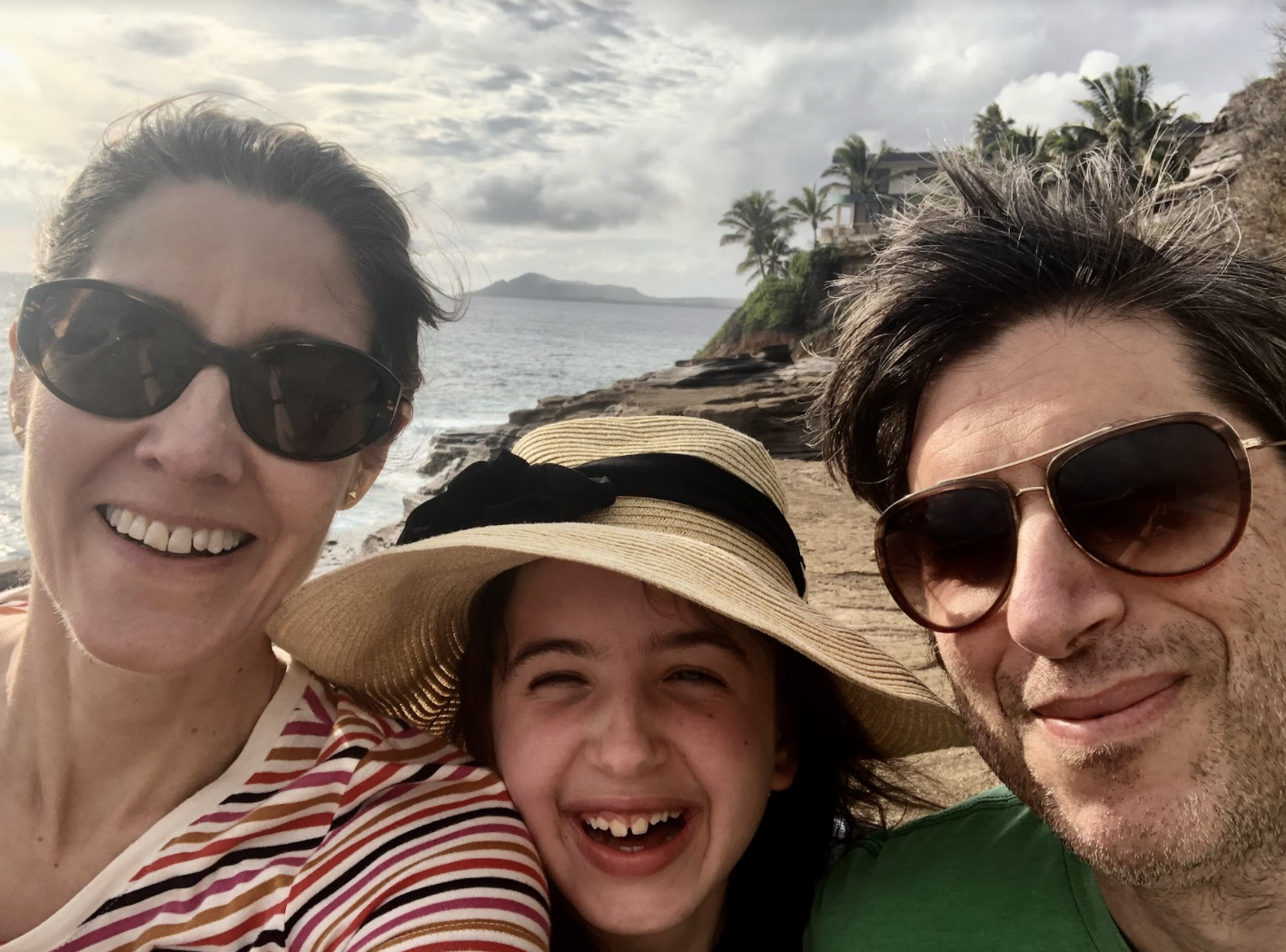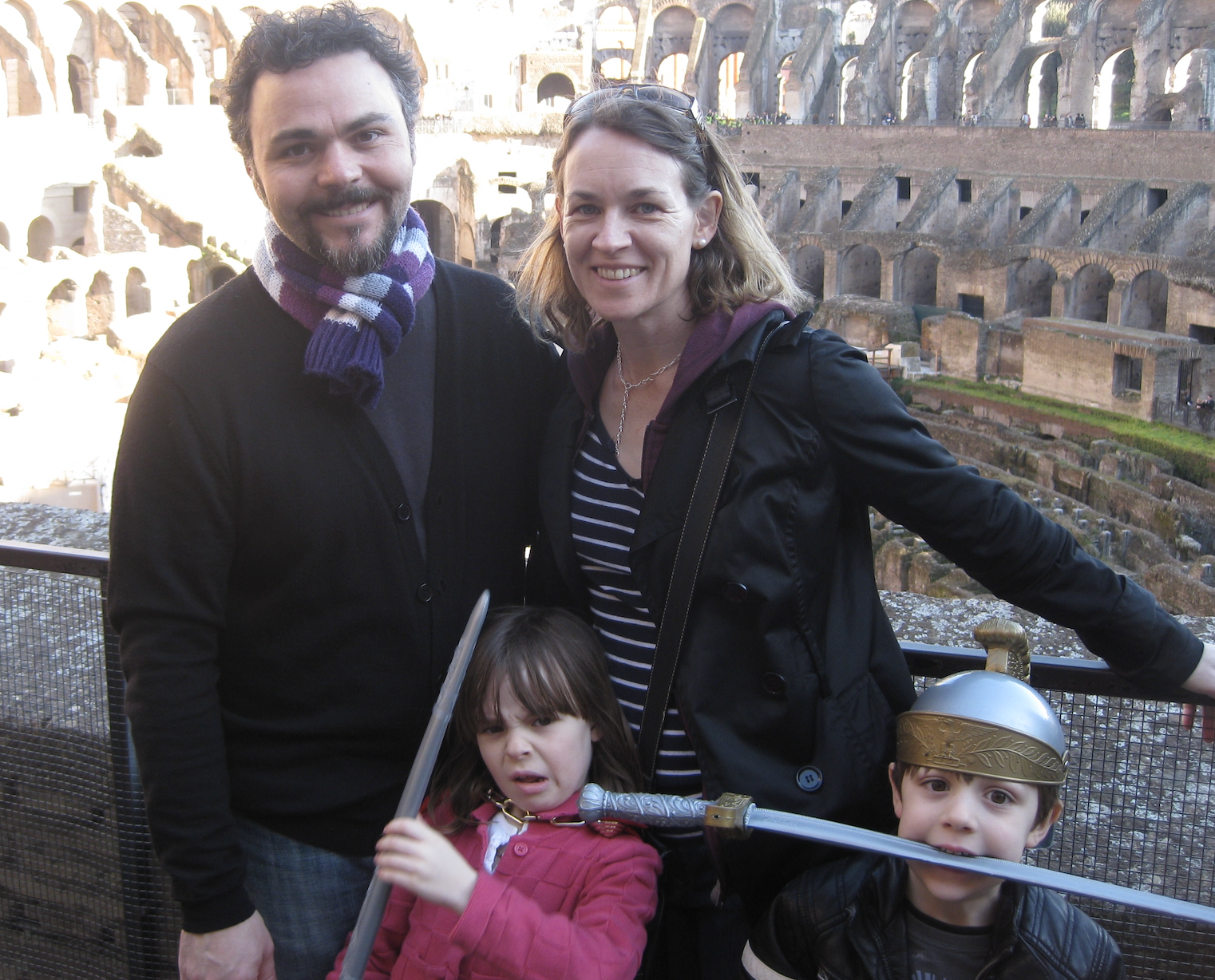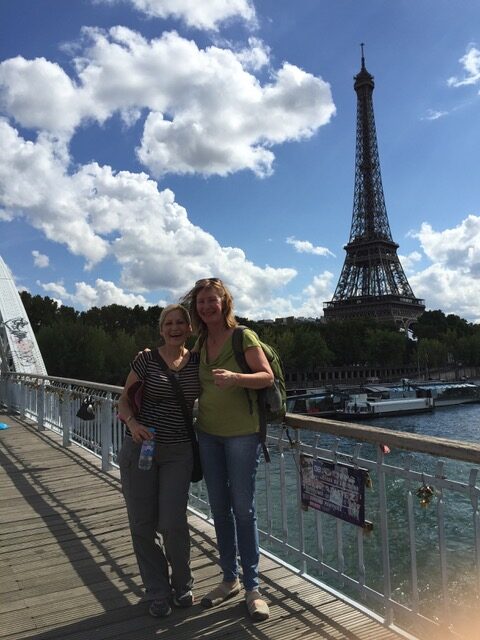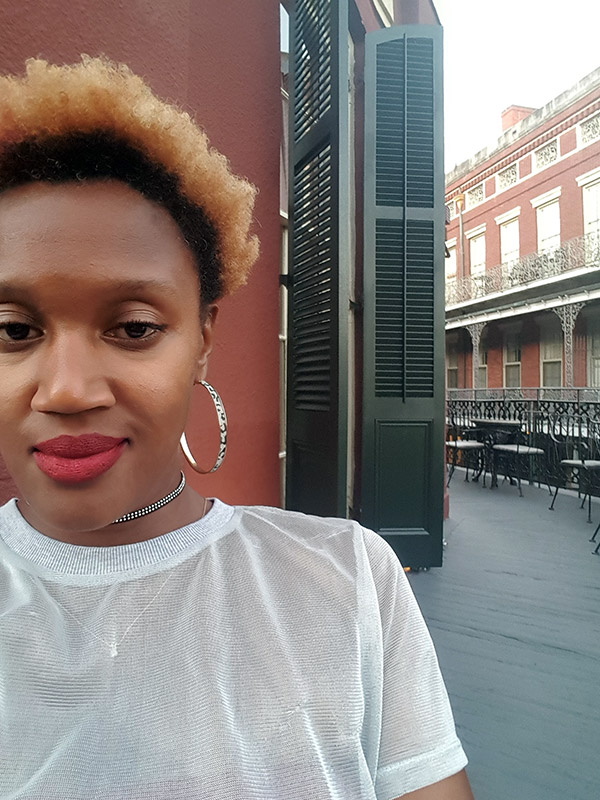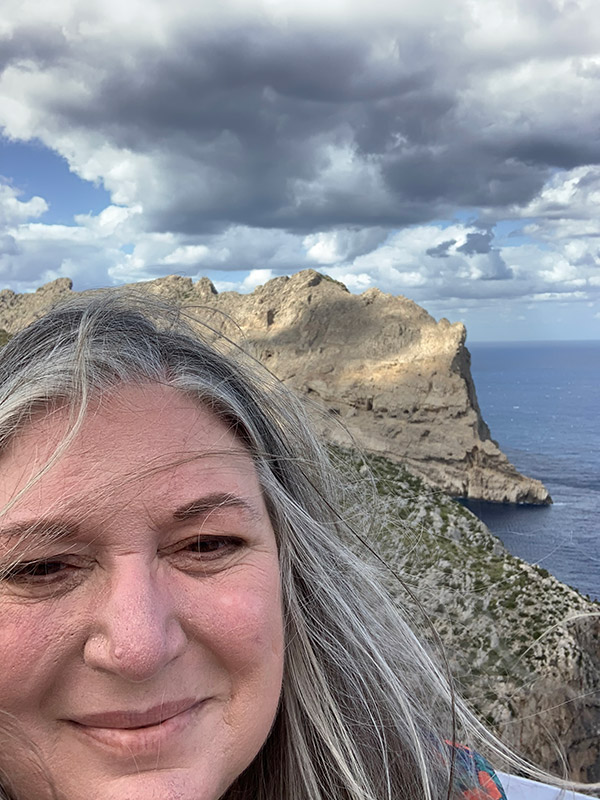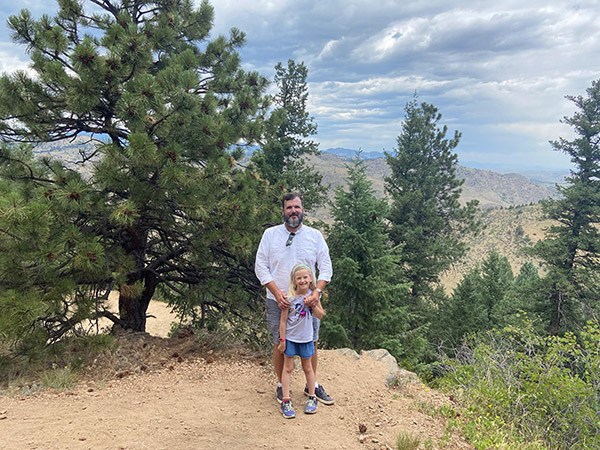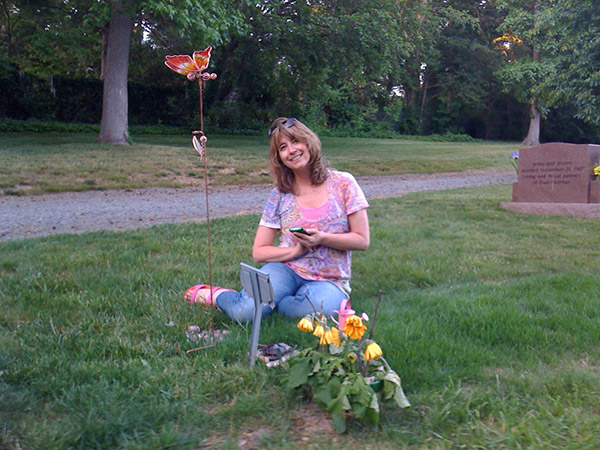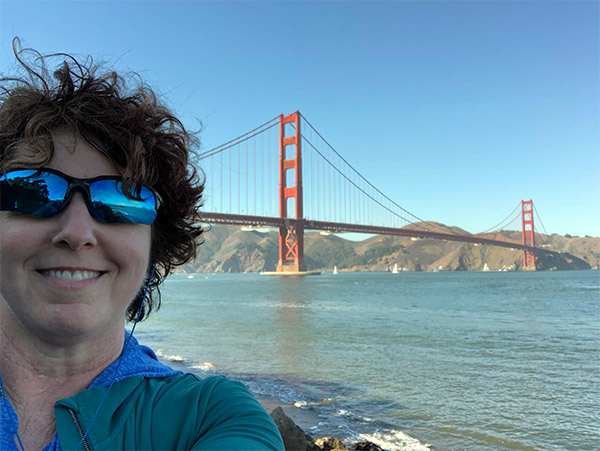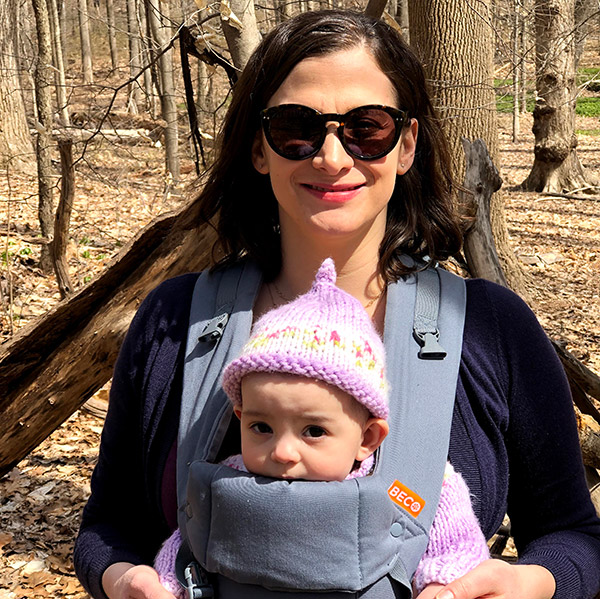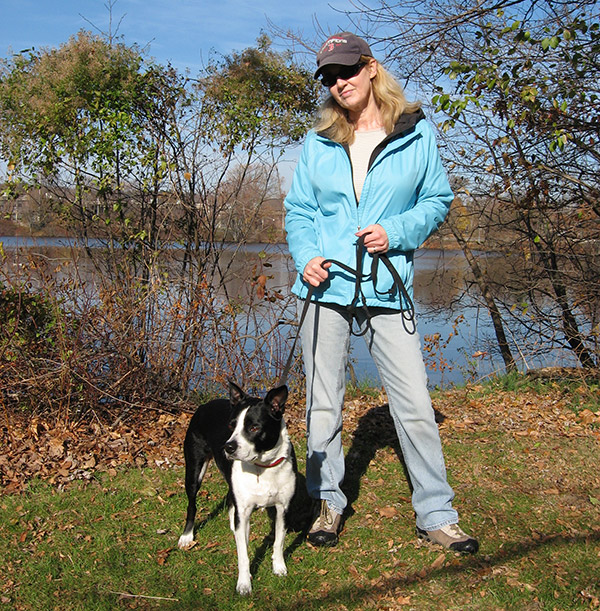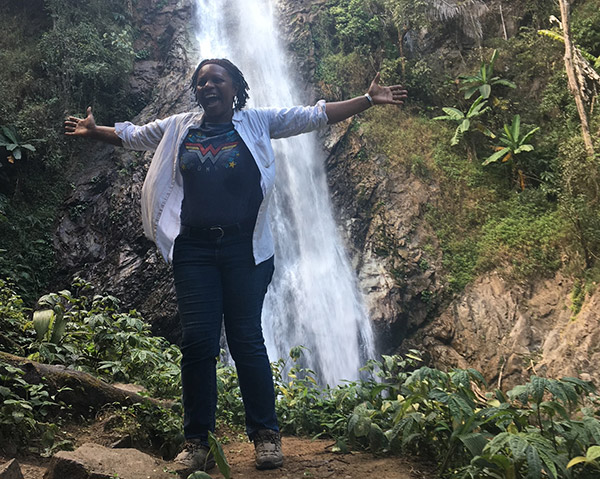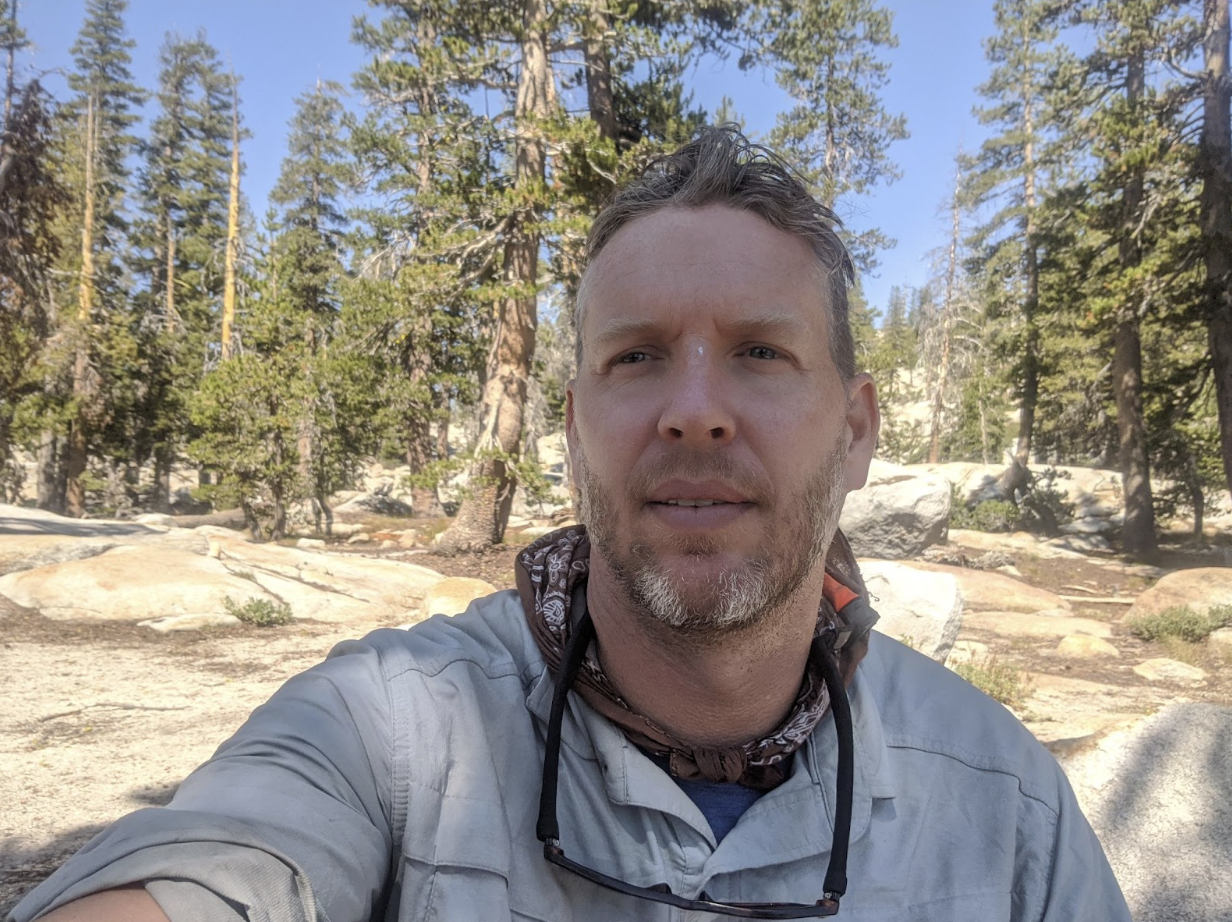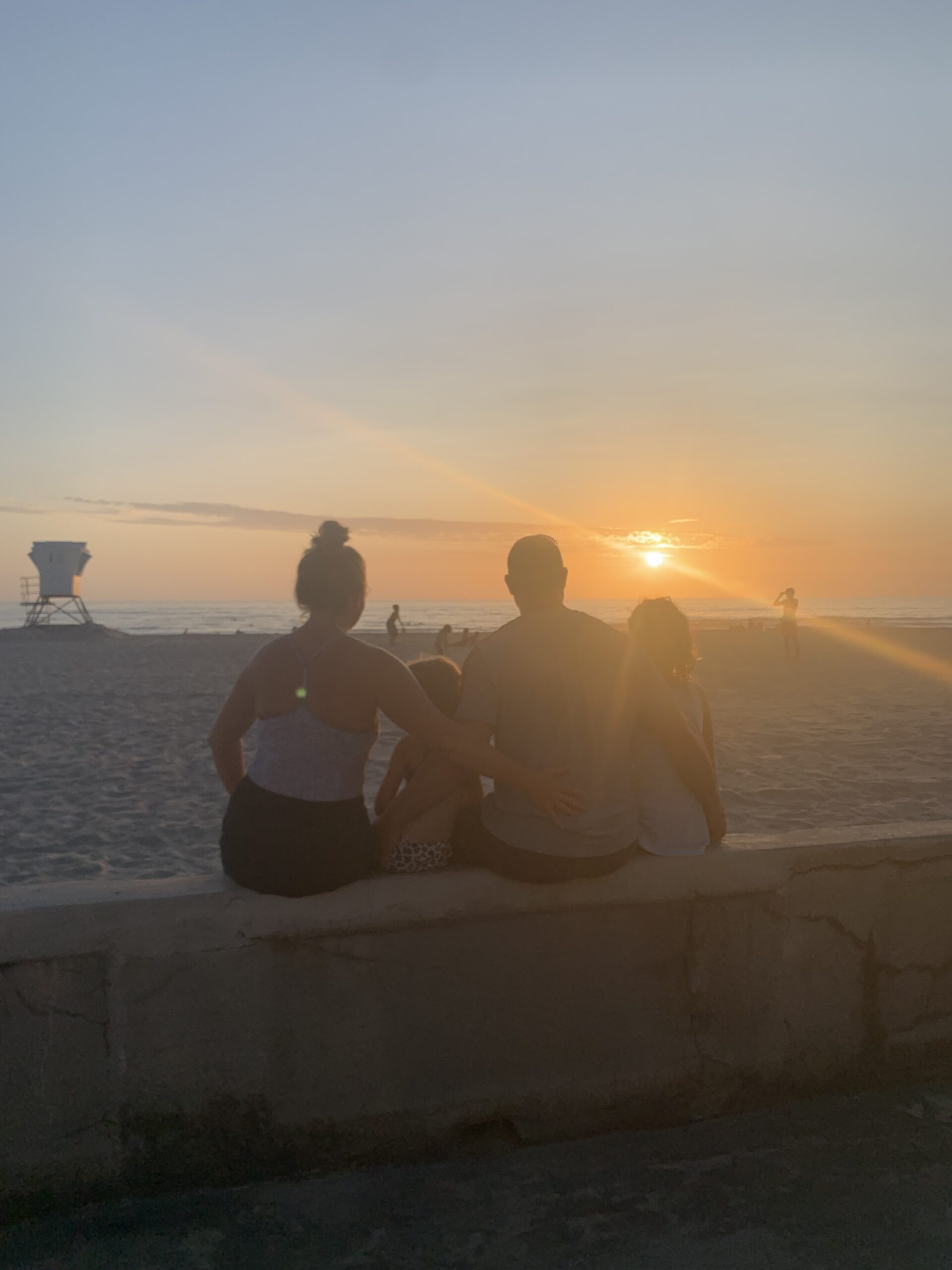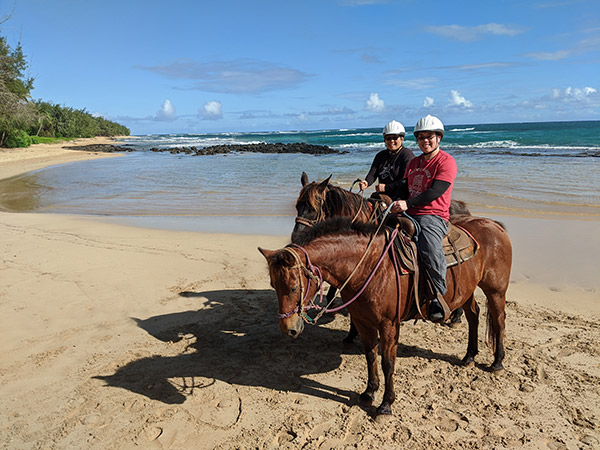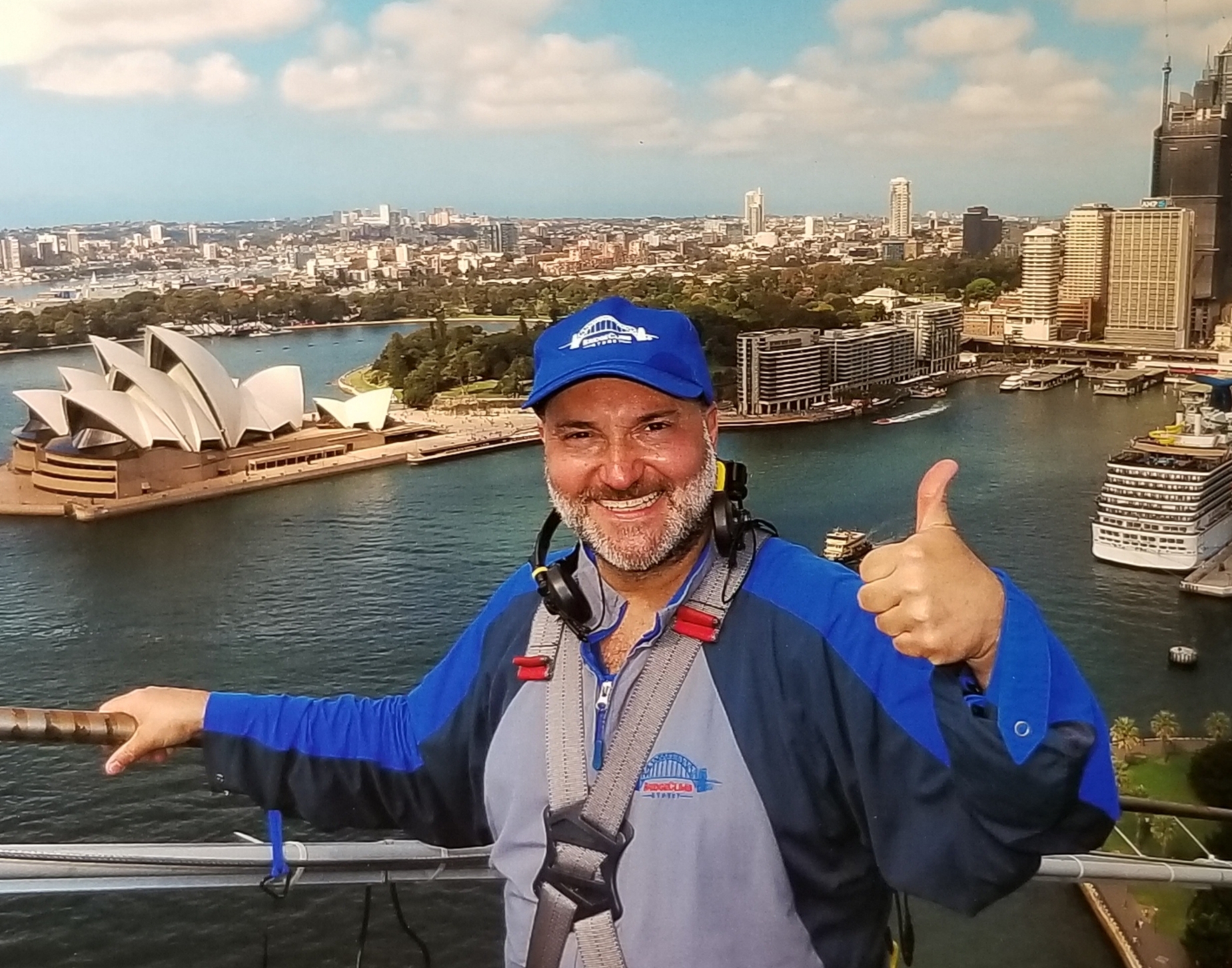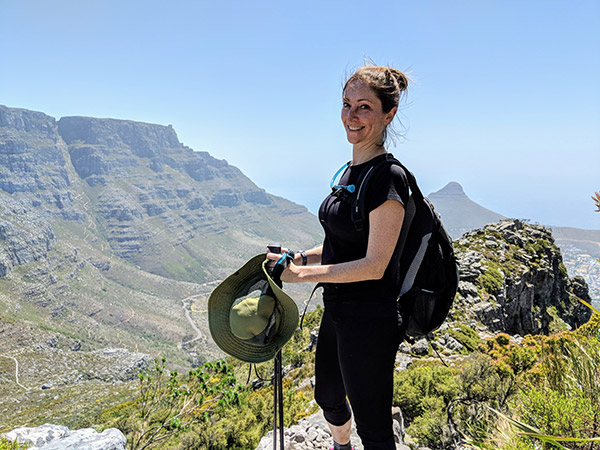Creating Content People Will Actually Read

It wasn’t that long ago that the phrase “content is king” was ubiquitous throughout internet marketing circles (it actually originated as the title of a 1996 essay by Bill Gates published on the Microsoft website almost two decades ago).
Gates ended his essay with the following statement: “Those who succeed will propel the Internet forward as a marketplace of ideas, experiences, and products—a marketplace of content.”
Gates, as it turned out, was looking at the online world through insidiously rose-colored glasses. Today, we’d caution him to be careful what he wished for. Because the volume of content available digitally is wearyingly overwhelming. Because not just humans (possessing widely varying editorial judgments and talents) are generating content, but AI is now producing content of all kinds: written, aural, video…you name it. Plus, search engine optimization (SEO) mandates from somewhat clueless tech executives dictate the subject matter, vocabulary, and form of the content being generated, which dramatically affects readability.
Good content is about distributing it in the right place at the right time and in the right form for individual readers. A tall ask, you might think, and you’d be right. So we’ve gathered together some accumulated wisdom our team has published over the months and years to get you started.
How to write good content
Arris Shabaglian presented the nuts and bolts about content writing in an excellent Wordsmithie blog, 5 Ingredients for Copywriting Success: Tips and Tricks of the Trade.
Here are her five recommendations:
- Stick to the point: Be clear and concise. Readers spend little more than half a minute on internet articles. Grab their attention and serve them tasty information in small bites.
- Make it visually appealing: Use stats, infographics, and quirky headings (and subheadings) to help readers navigate the content.
- Build connections: Share personal stories. Invite your readers to share theirs. Create a sense of community that will translate loyalty to your brand.
- Stay on brand: Casual or formal? Humorous or serious? Your brand is your identity and must stay consistent throughout all communications.
- Lose the jargon: This can be difficult, especially when product managers try to overload you with technical phrases as SEO keywords. Get to the heart of things with clear, straightforward prose.
How to choose a good subject for content, and how to write it to appeal to—not offend—your customers
Everyone loves a little sass—or do they? Good-natured fun can be a great attention-getter, observed Meghan Goder in Avoid Using the Wrong Tone, but tread very very carefully. She advises taking care to never venture into cruelty or unpleasant sarcasm. The backlash will be swift if you do. So even if you’ve done your research, done a thorough name, title, and spell check, and included all the requested SEO keywords, make sure you don’t cross the line. Meghan especially warns you to know your audience and understand what will resonate with them—and, especially, what won’t. Make particularly sure your content doesn’t make assumptions about your readers’ attitudes or conform to offensive stereotypes.
How to know what form your content should take
Finally, the shape of your content matters almost as much as what it says. That’s because in the internet age, people scan their screens (both large and small) for things that catch their eyes rather than reading logically and sequentially. Wordsmithie Eve Connell wrote about this in her blog, How to Create Content Chunks and Why They Matter. She advises to use attention-getting markers such as:
- Bulleted lists
- Heads and subheads
- Images and graphics (with catchy captions)
- Short sentences, phrases, and paragraphs
- Ample use of bold, italics, underlined, and hotlinked words
And in Picture Perfect: Using Visual Images to Boost Your Copy, by Arris Shabaglian, another Wordsmithie, emphasizes use of non-written content to catch readers’ attention.
The typical user spends only 5.6 seconds scanning written content, Shabaglian found, and, moreover, humans can process visual data much more quickly than written information.
Today, with the advent of the metaverse—loosely defined as virtual worlds in which users who project themselves as digital avatars engage in social, entertainment, and economic transactions—graphics-based data is even more important.
In Creating Metaverse Content: the What, Where and Why, Marissa Berenson Yaar, another Wordsmithie writing stalwart, posits that although the metaverse is still a relative infant, creative content folks are already investigating its potential. One early example was the Nintendo Pokémon Go craze in 2016, which has been downloaded more than 500 million times to date. And institutions like Sotheby’s now regularly host NFT auctions in the metaverse, raking in millions for single works of art.
Craft your content with care
Long gone are the days when anyone could slap a bit of text on the screen and be rewarded with lots of views from non-discriminating users. Today’s content consumers have lots of choices—and they’re very very picky about what they spend their precious time viewing.
Especially now with cost-conscious brands routinely using AI to generate content, there’s lots of very mediocre prose out there—so much so that reputable companies are now posting prominent None of this was written with AI notices on their blogs and articles—to differentiate themselves (not that it shouldn’t be crystal clear).
Make no mistake, content will continue to be king for a long time. But the sheer volume of noise that is emerging thanks to AI and more brands jumping into the content game will make it harder to stand out. Follow the advice in this blog to keep your content as “sticky” as possible.























